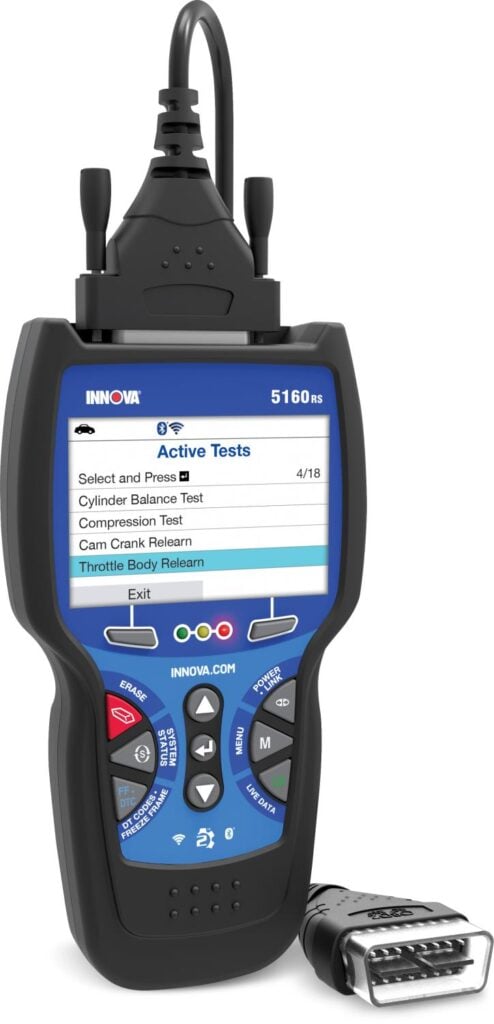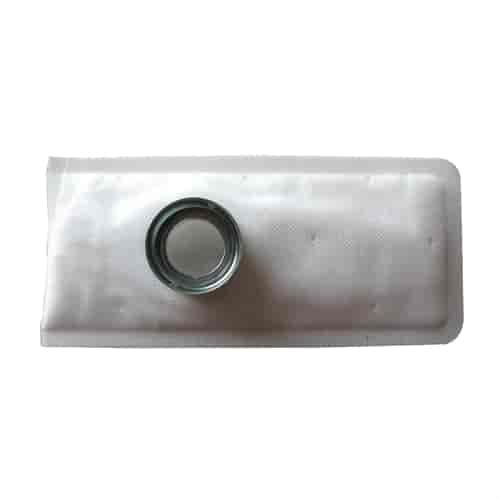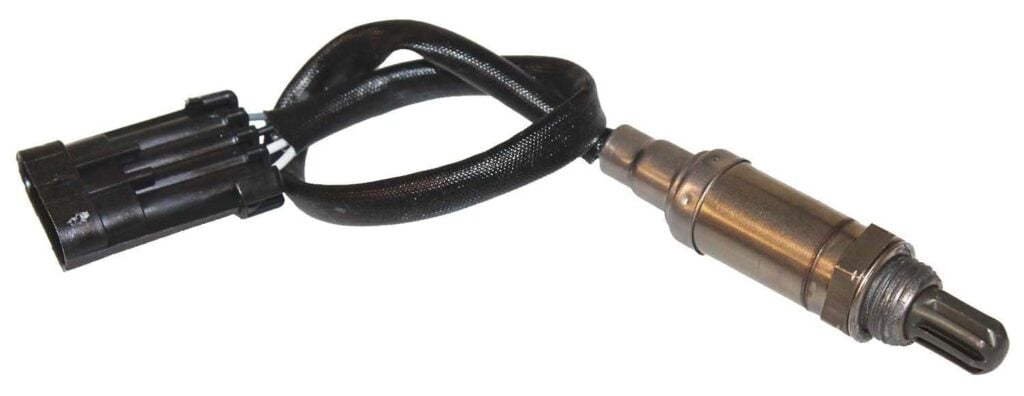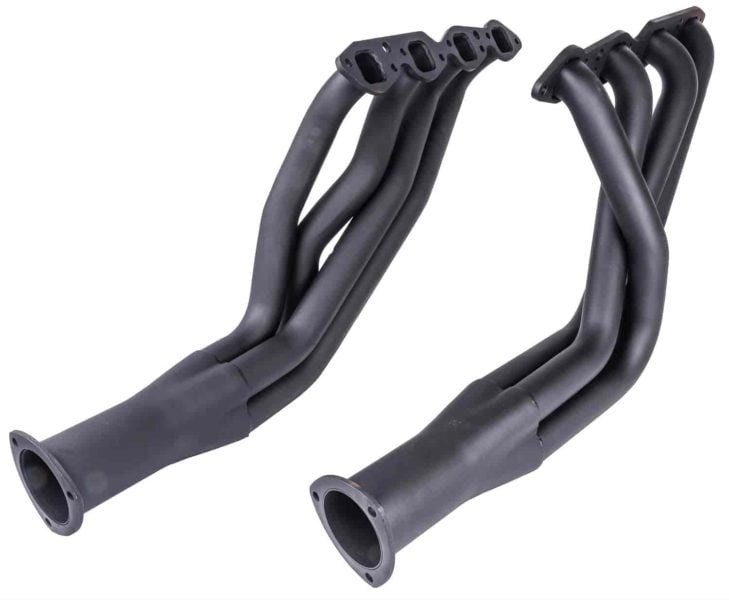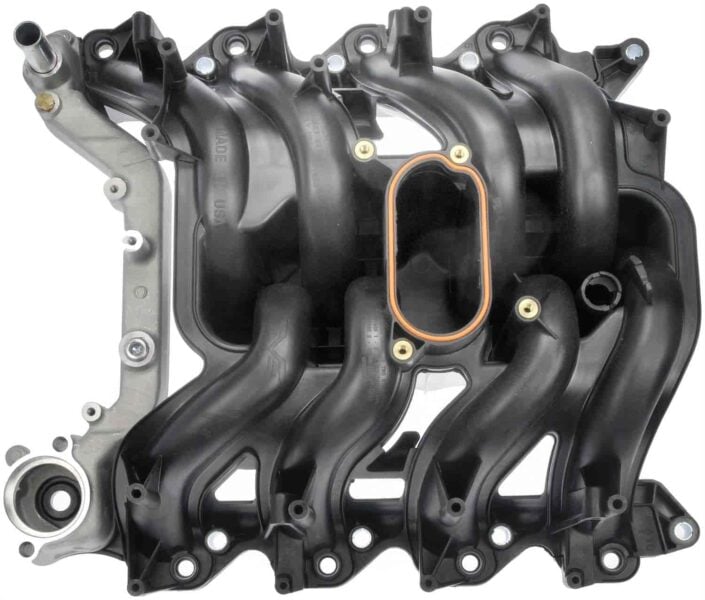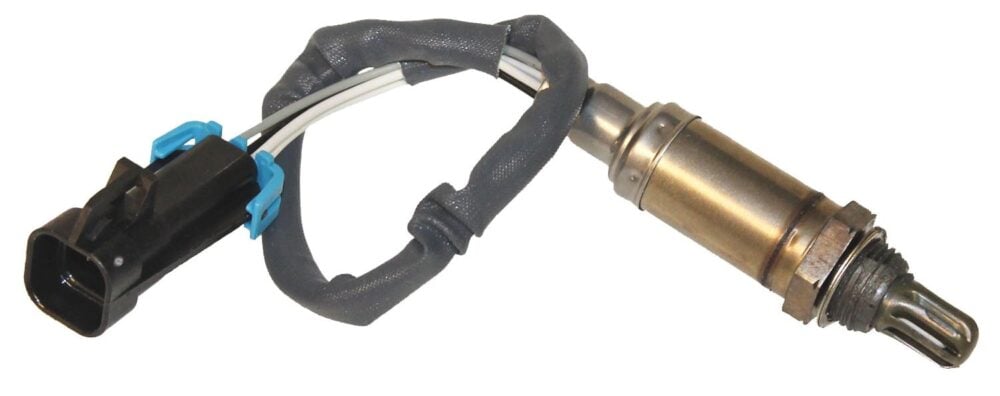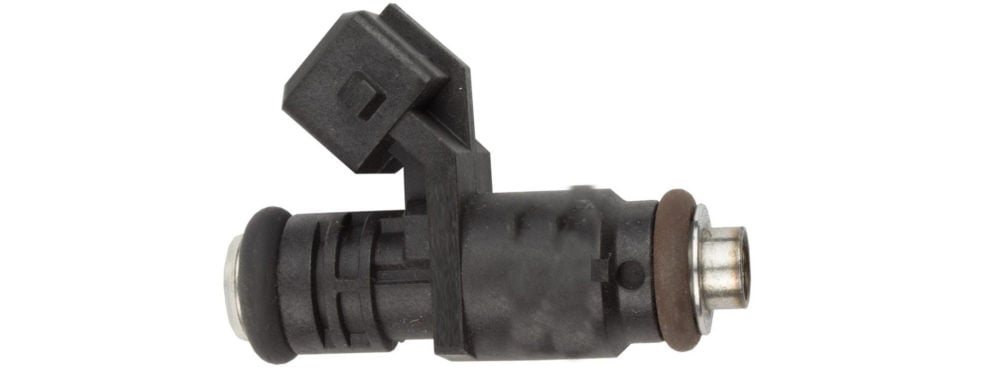
Modern vehicles are sophisticated electronic and mechanical machines with several computer-controlled systems. This complexity is useful because computers can easily monitor the status of mechanical systems and tell us what’s wrong with them. When there’s a fault in your vehicle, the Check Engine light will most likely illuminate. Then, you’ll take your vehicle to a service center or plug in an OBD2 scanner. The result will be a list of error codes. In this article, we’re going to talk about the P1128 code.
What Is a P1128 Code?
The P1128 code is manufacturer-specific and applies to Chrysler, Dodge, and Jeep vehicles. Hence, you might experience it if you have a vehicle made by these brands. Perhaps you’re Googling P1128 code Dodge or P1128 Chrysler. Let us save you the trouble.
From the manufacturer, the P1128 code means “closed loop fueling not achieved bank 1”. This is the typical text output that you’ll get from an OBD2 scanner that can give you a description of the codes. The code tells you that something has happened in your vehicle’s fuel system and it is now operating in open-loop mode. This means that your vehicle’s computer can no longer tell if it’s providing the engine with the right amount of fuel. Your engine might be getting too much or too little fuel. The P1128 code can be thrown up for various sensor issues, including issues with the heated O2 sensor, clogged fuel pump strainer, a faulty MAP sensor or MAF sensor, engine coolant temperature sensor, intake air temperature sensor, malfunctioning PCM, or bad wiring.
What Are the Symptoms and Causes of a P1128 Code?
Usually, your vehicle’s Check Engine light will alert you to a fault, and when you check it via an OBD2 scanner, you’ll get a code or list of fault codes. In addition, the P1128 code can also throw up the following symptoms:
- Decreased fuel efficiency since the vehicle’s computer no longer knows if it’s providing the optimal fuel level to the engine for the current load condition.
- Poor engine performance since the engine is no longer running at peak efficiency. This may typically manifest as decreased acceleration, hesitating under acceleration, and a reduction in the car’s ability to climb hills.
- Engine misfires or knocks that may occur during driving from time to time.
- Rough idling is typically discerned as increased vibration or fluctuating engine revs when the engine is idle and the vehicle is parked.
- Failing emissions tests since operating in open-loop mode means your vehicle’s emissions will no longer be optimal.
How Serious Is the P1128 Code?
The P1128 code is relatively significant, as ignoring it can lead to several symptoms. These include:
- Poor fuel efficiency results in a higher cost of operating your vehicle.
- Accelerated engine wear and damage since the engine is no longer operating optimally.
- Failed emissions tests, making your vehicle illegal to drive on the road. Over time, this can also damage emissions control equipment within your vehicle, such as the catalytic converter.
- Decreased engine power output and hesitation under acceleration. This can make it harder to merge onto freeways and keep up with traffic.
While these are serious effects, the vehicle’s computer automatically defaults to a pre-stored set of values when the P1128 code manifests, so it’s not dangerous to drive your vehicle as soon as the Check Engine light comes on or you see this code on your OBD reader. You can still operate your vehicle but shouldn’t ignore it or postpone fixing it.
How Easy Is It to Diagnose a P1128 Code?
A DIYer or knowledgeable enthusiast can easily diagnose the cause of the code. Typically, this will be due to the vehicle’s computer not getting appropriate signals from the relevant sensors. Accessing the sensors is easy, and you can quickly identify the faulty one. Then, you can purchase a replacement and install it. Once this is done, the error code must be cleared, which can be accomplished via an OBD2 scanner. Finally, you should take your vehicle on a test drive for at least half an hour to allow everything to reach operating temperature. Then, you can verify if the issue has been resolved or if further diagnosis is required.
However, if the issue is not with the sensor but with the vehicle’s wiring, it can take longer to solve. That’s because myriad wires go from the engine computer to each sensor. Finding the faulty wiring can take time, which must be done appropriately to eliminate any issues later. A trained auto mechanic best does this task.
Additional Tips From Us
Seeing the Check Engine light shine brightly can terrorize a driver’s heart. However, it need not be that way. Here are some helpful tips from us to ensure you minimize the chances of having it illuminated at the most inopportune moment.
- Stay on top of your vehicle’s maintenance. Ensure that you perform servicing and filter replacements on time per the manufacturer’s schedule. The manufacturer typically provides a different schedule if your vehicle is used under harsh conditions.
- Take some time to learn about your vehicle’s maintenance milestones. This schedule is in the owner’s manual or the manufacturer’s website. This is important because sensors have a lifetime, so you can preventatively replace them at the recommended replacement interval before waiting for them to go wrong.
- Invest in an OBD2 scanner. There are several great choices, most of which can integrate with your smartphone or tablet. Furthermore, in addition to reading and diagnosing error codes, they can also be used for real-time performance monitoring.
Decipher Codes and Fix Problems with JEGS
Is your vehicle throwing up error codes? Do you see the dreaded Check Engine Light? If so, talk to JEGS. We’ve got the answers for you and ways to read these codes and decipher what’s gone wrong with your vehicle. With over fifty years of experience, we can tell you the best way to rectify the situation and recommend replacement parts. Trust JEGS, and you’ll enjoy years of trouble-free motoring.
